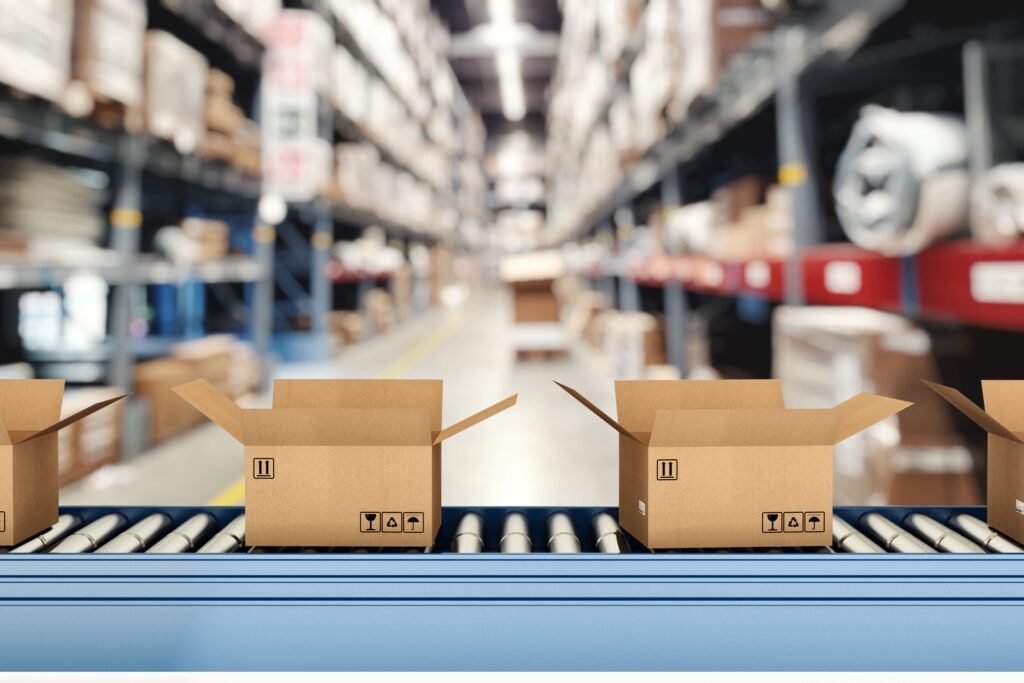The retail environment is consumer-driven. As consumers become more tech-savvy, the retail environment begins to reflect that. Digitization has crept into the retail environment over time, and a drastic shift was made during the pandemic to accommodate evolving consumer behaviour and needs. As a result, suppliers were left with a clear and necessary choice – to support and adapt to a digitized retail environment.

Successful retailer relationships require suppliers to support digitization
The key to a successful retailer relationship is listening; suppliers discover what retailers require from them to make the relationship strong. What retailers need to capture and maintain their shoppers is often foundational. This highlights the importance of basic digitization to retailers and their shoppers rather than discounting more strategic and complex needs.
According to Advantage Group International CEO John McLoughlin, “These strategies understand shopper engagement and buying behaviour and integrate data, media, marketing, and execution to capture purchase and drive loyalty. Despite all the focus on what’s next, the biggest complaint I hear from retailer CTOs is suppliers getting the basics right when it comes to uploading quality images, providing consumer-friendly links and search engine optimization of product range.”
Three ways suppliers can support a digitized retail environment.
1. Provide detailed product descriptions for the retailer’s website
Retailers have developed a robust online presence to satisfy many shoppers who prefer to shop online. To accommodate these online shoppers, retailers must provide sufficient information about products for them to be able to make an informed purchase decision. Details are important to shoppers. A strong product description (with high-quality images) allows shoppers to visualize and imagine what the product is like without going to the retailer’s physical location. It also gives suppliers (and by association retailers) the opportunity to influence the customer to purchase the product over others that may lack clear descriptions and visuals. For most products, suppliers are responsible for providing retailers with the following:
Weight and dimensions
- This is important for shoppers as the size of a product cannot easily be conveyed via a photo.
Variations available
- If a product is available in different colours, sizes, flavours, scents or any other variation, it’s essential to mention this in the description. Shoppers need to be aware of this via explicit mention because it isn’t immediately visible (versus shopping in a store).
Description of non-visual elements
- If your product contains elements that do not translate digitally (e.g., a scent, colour or specific feature), it’s critical that you provide a detailed description of it.
High-quality images
- Without the benefit of seeing a product in-store, high-quality images are necessary to give shoppers the most accurate representation of the image. Some manufacturers go as far as supplying video footage to complement photos showing how to use the product.
Description with Search Engine Optimization (SEO)
- The digitized retail environment is saturated with companies selling comparable products. Shoppers often search for a product via a search engine. By providing a product description with SEO, you increase the likelihood that your product and your retailer’s company appear when people search for a product on Google.

2. Shipping-friendly packaging & Optimizing Storage
Part of a digitized way of shopping involves retailers offering delivery options. Shipping products directly to consumers and shipping them to the store for in-store pick-up requires adequate and shipping-friendly packaging to support these methods.
Shipping-friendly packaging includes packages that prevent different types of products from being damaged or spoiled during transit so that they arrive to the customer in the intended condition. This type of packaging includes:
- Insulated shippers, coolers, mailers and cold gel packs for temperature-sensitive items
- Air pillows, packing peanuts, large packaging, fragile labelling, moulded foam, and bubble wrap for fragile items
Suppliers also need to think about packaging that finds a balance between minimizing damage and optimizing storage. Depending on the customer’s preferred delivery destination, storage becomes an issue for both suppliers and retailers as both warehouses are impacted.
Therefore, investing in package testing and design and incorporating flat packaging is key for suppliers. Some suppliers also find that minimal packaging optimizes storage, reduces shipping costs and minimizes the risk of damage due to the inability of the product to move.

3. Warehouse distribution
In a digitized environment, warehouse distribution becomes a key component of supply chain management and supporting your retailer. As online orders increase and customers demand fast delivery times, the need for more than one centralized warehouse becomes dire. There are several methods that suppliers can utilize to improve fulfillment to retailers and their customers, including:
Cross-docking
- In warehouses that cross dock, products are unloaded from incoming vehicles and loaded directly onto outbound vehicles. This avoids storage costs, saves time and improves fulfillment times for customers.
Distributed warehousing
- With distributed warehousing, a supplier fulfills, ships, and distributes goods from multiple smaller, strategically placed warehouses rather than from one or two central and large warehouses. The intent behind multiple warehouses is to make it easier and more cost-effective to store inventory and fulfil orders quickly for customers.
Outsourcing
- Suppliers can also outsource warehousing to companies with a network of fulfilment centers. Similar to distributed warehousing, outsourcing to a warehousing company or technology-enabled third-party logistics company provides a much broader network of locations without having to rent or buy all of them (with on-demand distributed warehousing, you need to rent each location you want to utilize).
Communication is the first step toward supporting the retailer community
Though adapting to a digitized environment is essential to supporting your retailer, communicating should be your priority. Communication helps you to understand your retailer needs and aligns business partners with goals for mutual success in the future. Advantage Report helps you communicate with your business partners, action their feedback and create lasting improvements in your partnerships. Get in touch with an Advantage Engagement Advisor to find out more.





